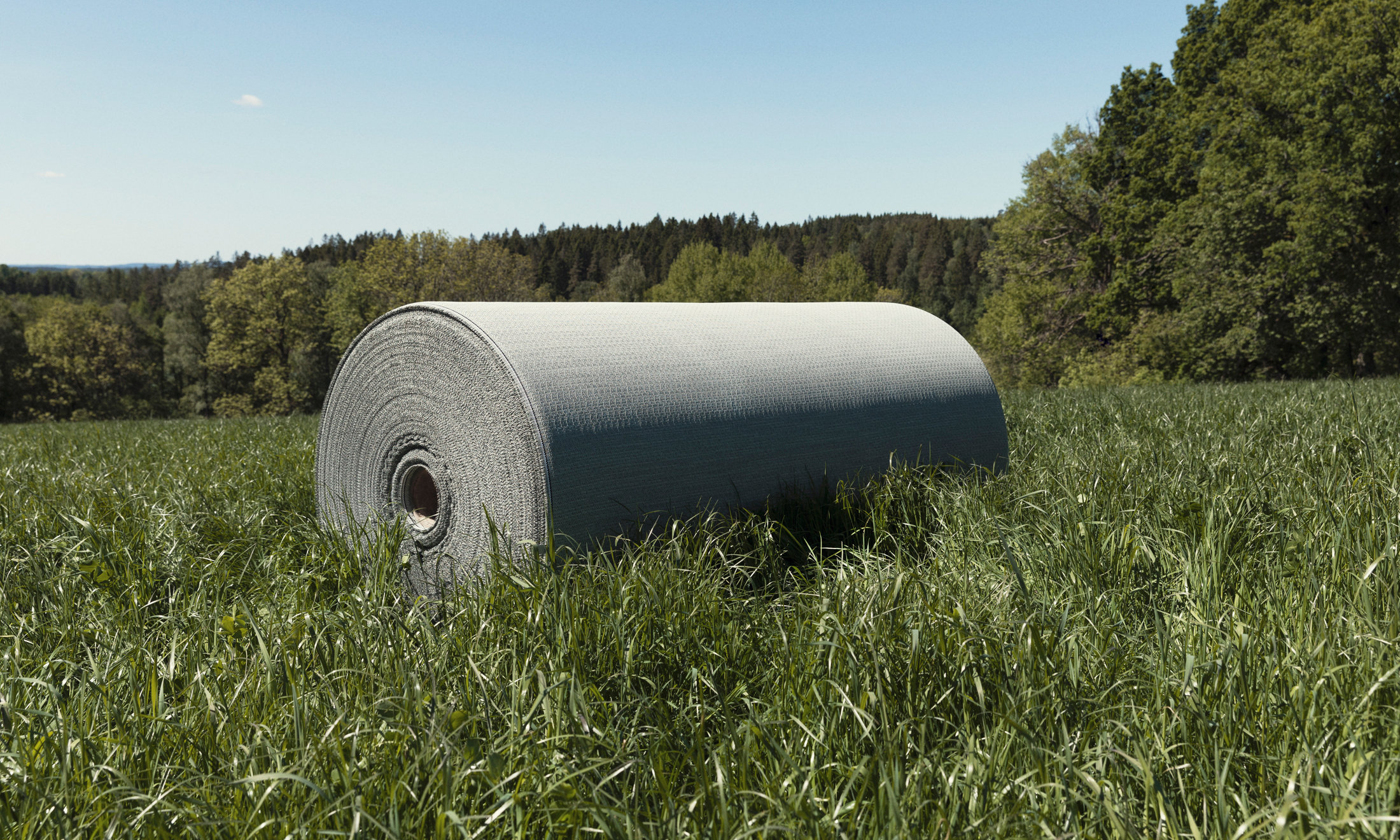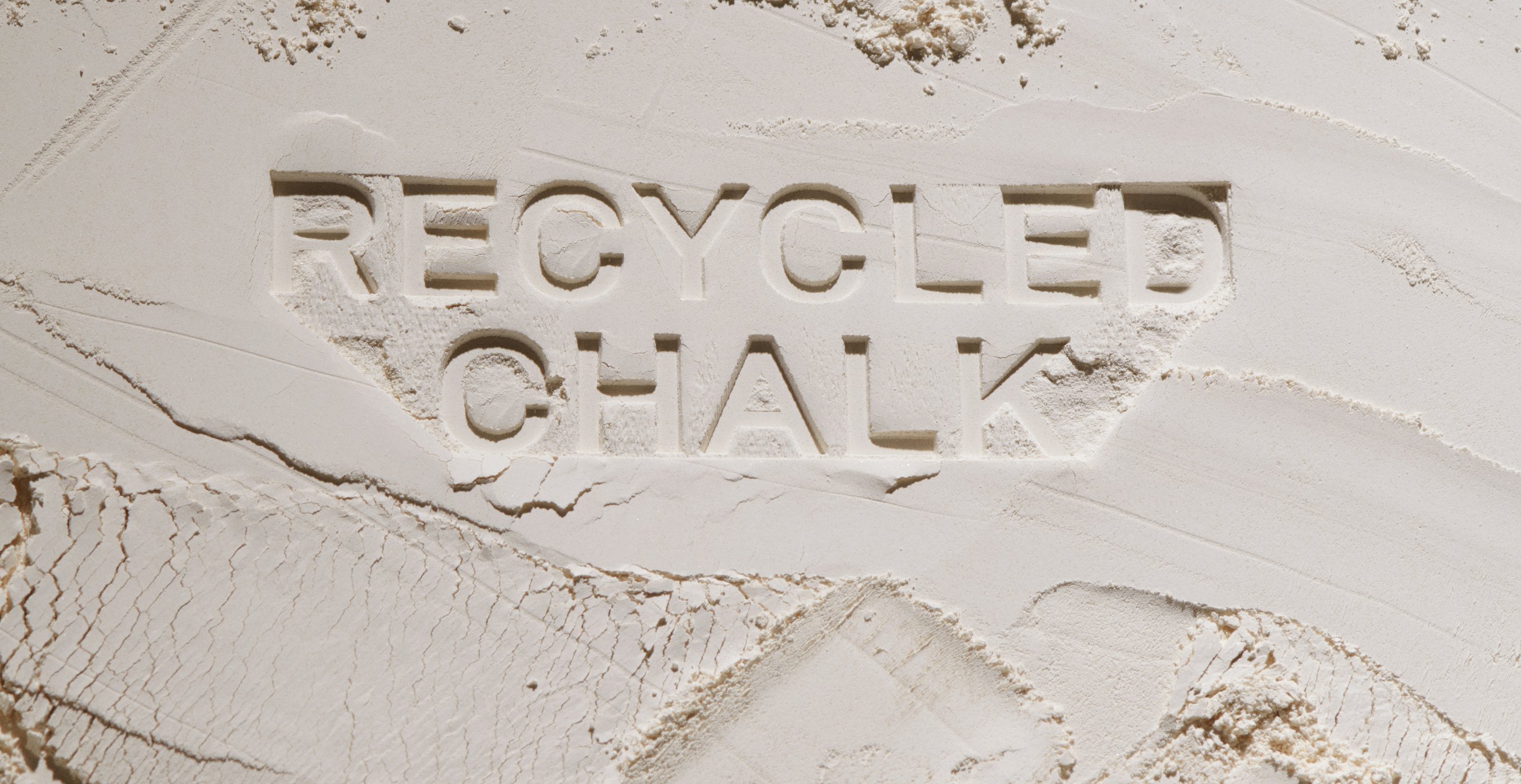
The climate impact from our flooring mostly comes from the materials included, both as raw material and as waste after installation and use.
The carbon footprint of our flooring depends on its’ weight. For this reason, we divide carbon footprint data in terms of rolls, tiles and acoustics.
ROLLS
CO2 PER SQUARE METER
TILES
CO2 PER SQUARE METER
ACOUSTIC
CO2 PER SQUARE METER
Note: As defined in A1-A3 in our EPDs.

The most important element in developing sustainability is how we handle our materials - where they come from and how we recycle them. In 2022, we used 1130 tonnes of recycled material in our floors, our highest number yet. The increase is achieved by more supply of recycled material, and the strategy of including recycled material in all collections and all types of floors instead of concentrating it to a selected line. Over the past four years, all three of our product types have increased in the proportion of recycled material. In average 71 % since 2018.
22%
Rolls
31%
Tiles
32%
Acoustic
28%
Average

The PVC we use comes from environmentally certified factories that have low emissions and efficient energy use. Moreover, Bolon's flooring has been free from toxins for many years, without additives such as phthalates and heavy metals. The plasticisers used today are even permitted in children's toys.
Our flooring consists of about 1/3 fossil raw material, which is significantly less than other vinyl flooring. The remaining 2/3 consists of salt and calcium oxide, of which there is a very good supply and it is also harmless from an environmental standpoint.
Plastic can be a beneficial material for flooring in particular. This totally depends on the type of plastic used and how it is handled. The plastic we use is hardwearing with a 10 or 15 year guarantee. Our raw material, PVC, can be recycled up to seven times and it is completely free of additives such as phthalates or heavy metals. Our floors have low emission values and are, therefore, approved for hospital environments. The floors are also easy to clean, usually, plain water is all that’s needed to clean them. Based on these facts, a plastic floor from Bolon is many times a good environmental option compared to other flooring.
All of our collections contain recycled materials. The proportion of recycled material varies between 10-30% of the total material used.
Bolon has efficient solutions for both the transport of raw materials and the end product to customers. Our transports represent only about 2% of our total climate footprint.
Yes, all our manufacturing and our headquarters are powered by 100% renewable energy for both electricity and heat.
All of Bolon’s floors are free from hazardous plasticisers and stabilisers such as phthalates and heavy metals. Moreover, the floors have very low emissions throughout the useful life of the floor.
We are completely transparent and have third-party certifications for both environmental performance and content declarations.
Our vinyl raw material is eco-labelled and the flooring complies with strict requirements for the eco-labelling of buildings. Bolon is also classified as best health class by the Norwegian Asthma and Allergy Association. In addition, Bolon has many different certifications covering both health and the environment, as well as declarations that completely openly show the components and environmental impact.